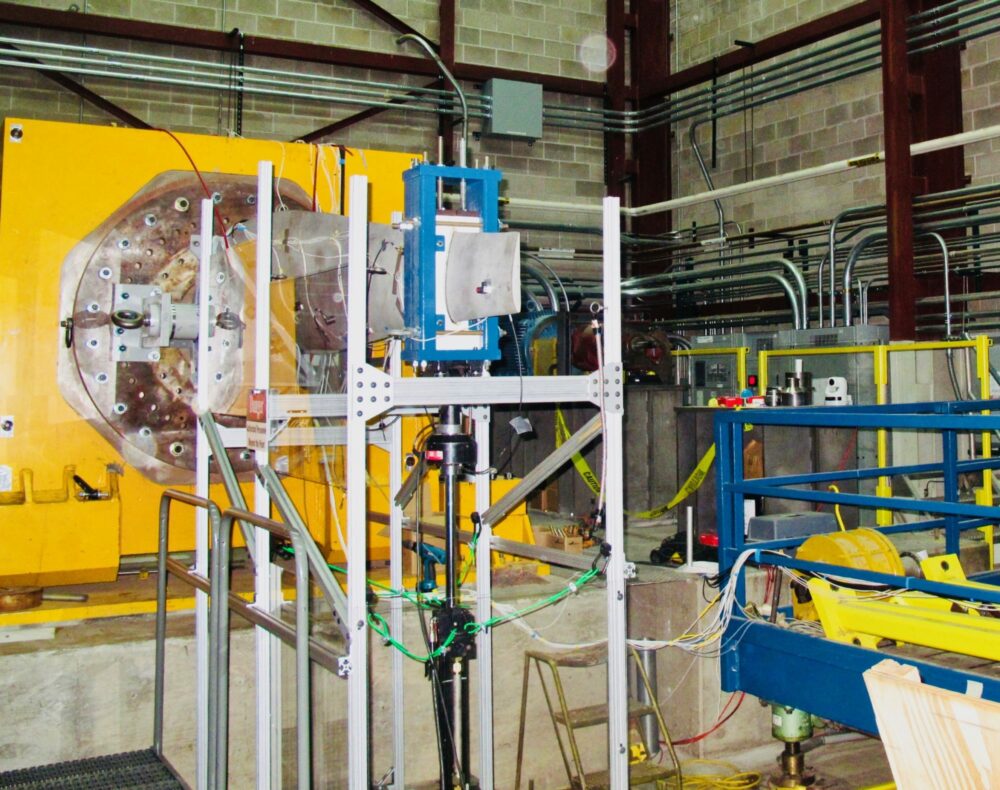An international organization working to advance renewable energy sources finds reason for optimism but worry, too. The power sector is rapidly changing, yet not enough is being done to keep Earth from overheating.
Renewable sources of power accounted for 70% of net additions to global power generating capacity last year, the Renewable Energy Policy Network for the 21st Century, or REN21, said in a new report in June.









